Centre for Regional and Local History
The Importance and Value of Views of England and Wales
By Dr Alister Sutherland
Views of England and Wales is the latest collection to be added to University of Leicester Special Collections Online. It is the culmination of a project to digitise over 2,000 prints, paintings, drawings and photographs belonging to the Centre for Regional and Local History. For many years, this extensive collection sat in a big wooden chest of drawers at Marc Fitch House, walked past every day, its contents unknown to most and rarely viewed. After many months of work, it is now fully accessible online and searchable. In this blog, we will look at why this collection is important and valuable to staff, students and the public alike.
The breadth of the collection is impressive so there is sure to be something of interest in it for nearly everyone. Almost every historic English county is represented, with the exception of Rutland and Staffordshire, although coverage between counties does vary considerably [1]. And while nearly 2,000 something that will also be of interest to users of Views of England and Wales is the large number of connections between the different individuals and groups involved in the process of creating the final print. From those who created the original drawing or painting, to those who made the engraving or etching from it, to those who were responsible for publishing and printing it, there is a wealth of networks to be explored here. There are also numerous prints in the collection that were made under the patronage of social elites, which could be used to investigate networks of patronage in the printing trade. of the items relate to England, the Welsh historic counties are represented by a number of prints too, most of which depict places in Monmouthshire, with one print each for Caernarfonshire, Flintshire, Merionethshire and Pembrokeshire. For anyone looking to illustrate their work with prints, there is a good chance you will find something here to use.
Views of England and Wales is also an excellent visual record of buildings, landscapes and places that have changed or disappeared since the prints, or the artwork they were based on, were created. Most of the prints and artworks in the collection were originally published between 1770 and 1850 during the Industrial Revolution. Both during and since this period, the world around us has experienced great change and development. With Views of England and Wales, you are able to see how places and buildings might have looked as far back as two hundred and fifty years ago or more.
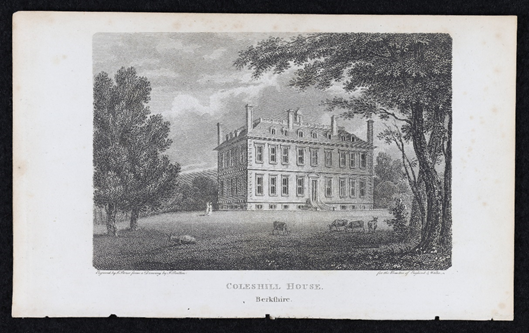
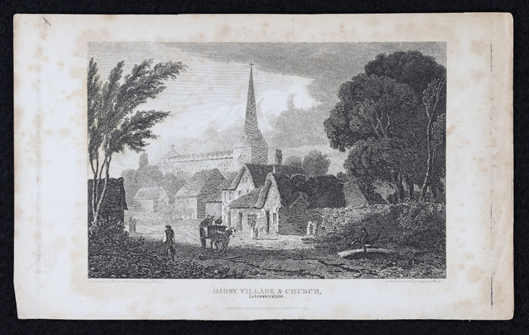
While many old prints and pieces of art can tell us what places or buildings once looked like, it is worth bearing in mind that not all will accurately depict their subject. This brings us to another reason for the value of Views of England and Wales: it is an extensive resource for how artists and engravers represented their subjects, and a window onto changing representations of English and Welsh landscapes, compositional choices, artistic tropes and creative licence, as well as a resource for studying art movements such as Romanticism. As a result, they can also provide insight into contemporary social mores, fashions, concepts of national identity and much more.
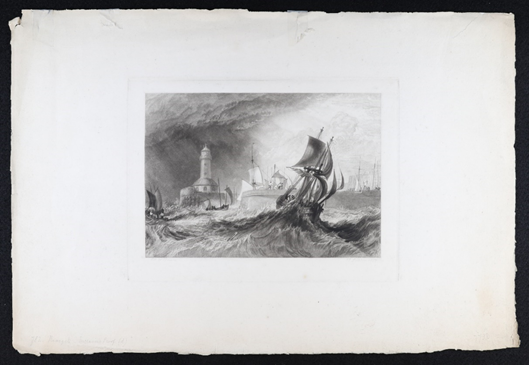
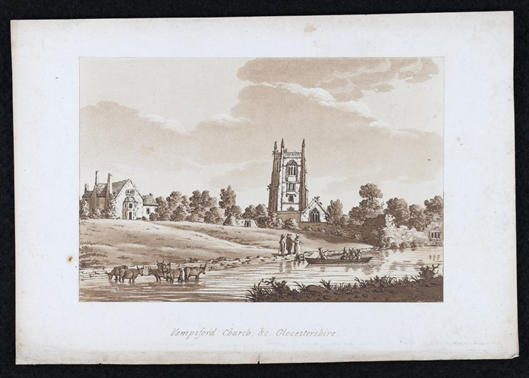
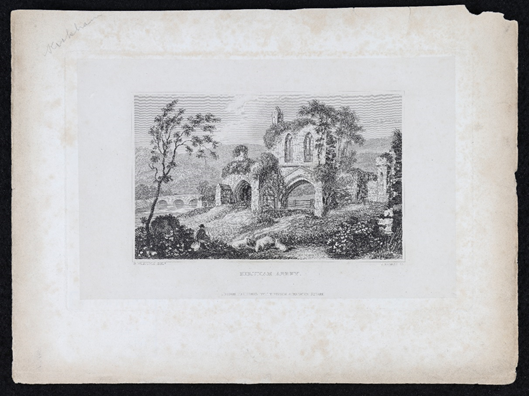
Views of England and Wales is also a helpful and important resource for those interested in artists, engravers and publishers. Users will discover hundreds of names, some of which are very well-known already like J. M. W. Turner, on whose work some of the engravings are based. But importantly, the collection also includes a range of perhaps lesser-known artists, engravers and publishers who are not as prominent in the historical record.
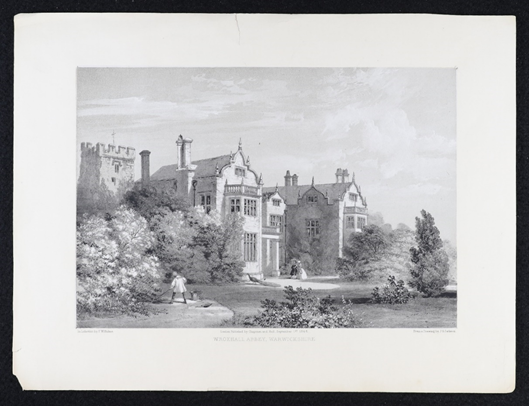

Something that will also be of interest to users of Views of England and Wales is the large number of connections between the different individuals and groups involved in the process of creating the final print. From those who created the original drawing or painting, to those who made the engraving or etching from it, to those who were responsible for publishing and printing it, there is a wealth of networks to be explored here. There are also numerous prints in the collection that were made under the patronage of social elites, which could be used to investigate networks of patronage in the printing trade.

It probably comes as no surprise that the vast majority of the artists, engravers and publishers to be found on prints in Views of England and Wales are male. However, there is also a small, but very significant group of female artists, engravers and publishers whose involvement in printmaking is all too often overlooked. In addition, some of the standalone drawings and paintings were also produced by women, so this collection is an important resource for their participation in art, engraving, publishing and printmaking, some of whom are little known, if at all.
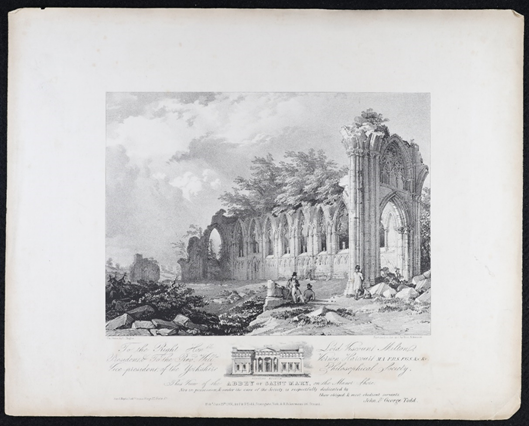
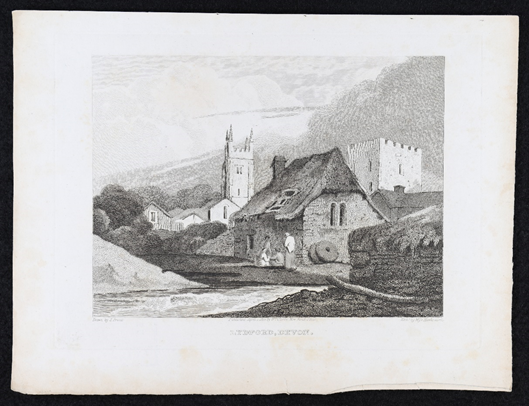
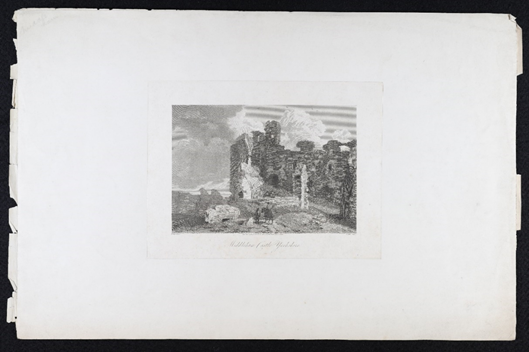
Users of Views of England and Wales will find that a range of techniques were used to make the prints in the collection, including woodcut, engraving, etching and lithography, plus some of their variants like aquatint. The collection’s large size, combined with the fact that many of the prints have a publication date, means that it provides a useful record with which to trace or study the evolution of printing techniques during the eighteenth and nineteenth centuries.
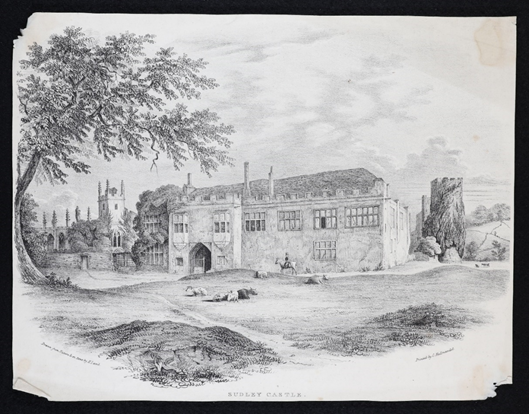
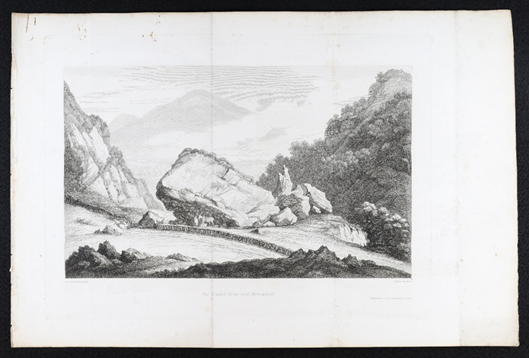


Views of England and Wales is an important new resource that offers varied insights into the seventeenth, eighteenth, nineteenth and twentieth centuries, through the mediums of printing, painting, drawing and photography. It will be valuable to those with interests in themes such as local history, social history, cultural history, travel, topography, art, architecture, printing, engraving, etching, fortification, archaeology, ecclesiastical history, antiquarianism, natural history, garden design, engineering, maps, religion, heraldry and fashion, and more.
We hope that you enjoy viewing and using this brilliant new resource!
Notes
- Please note that Buckinghamshire is represented by one print that was incorrectly assigned to Berkshire in the past. It has been left in Berkshire to preserve the organisation of the collection as it came to the Centre, but if Buckinghamshire is searched it will come up in the search results.
- This is an issue that the current exhibition called Print and Prejudice: Women Printmakers, 1700–1930 at the Victoria and Albert Museum addresses. V&A South Kensington, Print and Prejudice: Women Printmakers, 1700–1930.